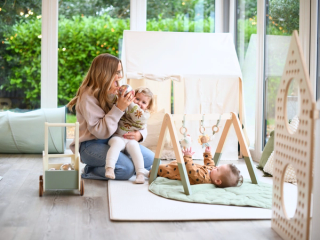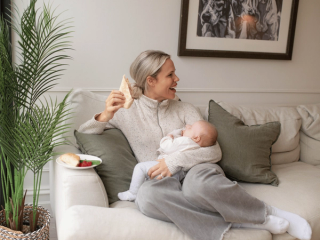- Home
- Advice Hub
- Newborn
- New Parent Support

New parent support
New parent support
Navigating life with a newborn comes with questions, challenges, and plenty of learning along the way. From how to bathe your baby and establish sleep routines to looking after your mental health and adjusting to your new role, our expert advice is here to support you through every milestone.
Read our latest advice
12 / 48
Advice & tips
HiPP BabyClub
Join our community of Experts, Partners, and HiPP parents for the latest advice, support, and guidance.
About HiPP
Learn about the HiPP family's passion for providing quality products to support babies' growth and development.
FAQs
Click here to find the answers to some of our most frequently asked questions.
Contact Us
We're here to help with any queries you may have, click here to find how you can contact us.












